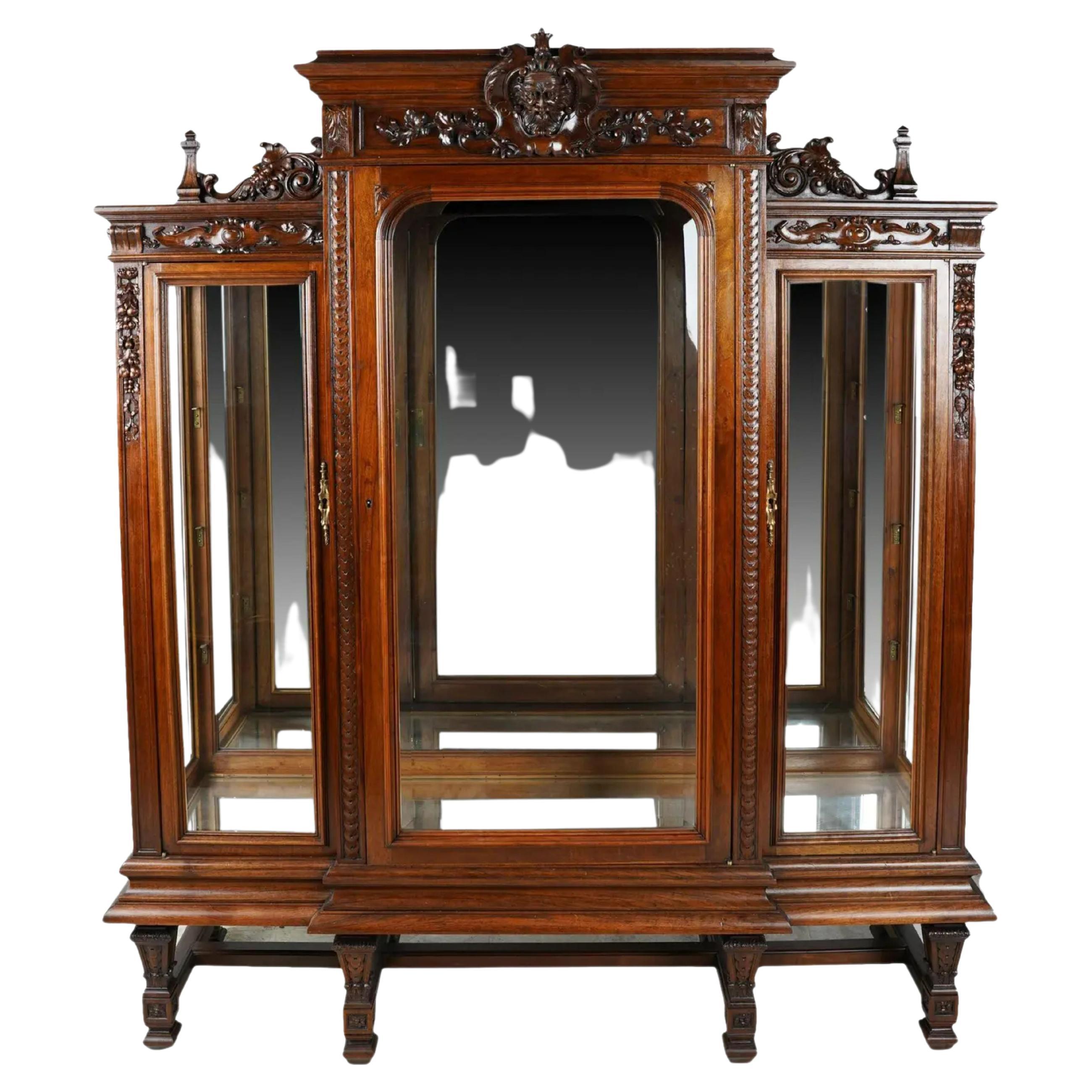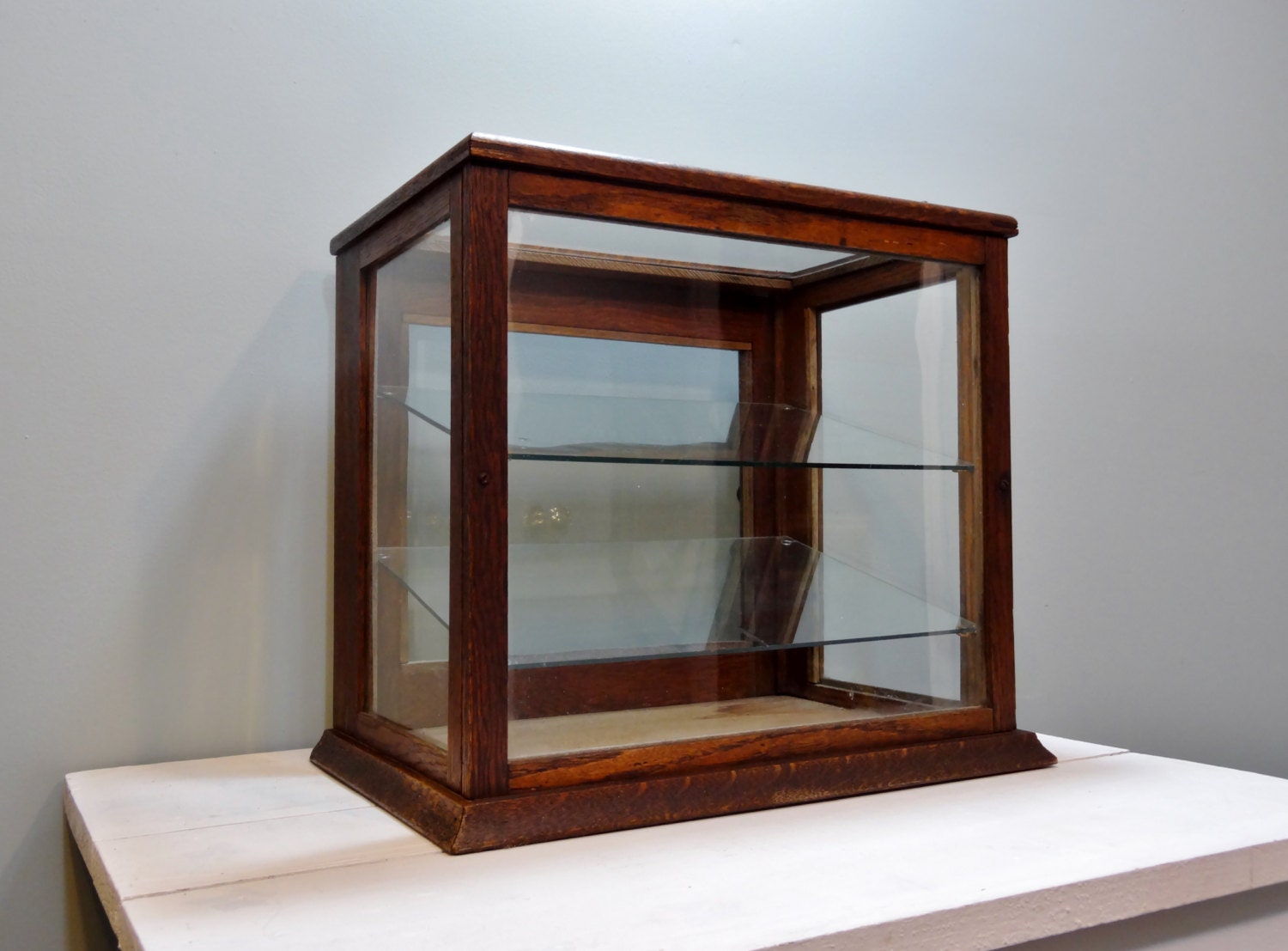Appraisal and Value of Antique Wood and Glass Display Cabinets

Okay, so you’ve got this rad antique display cabinet, right? Totally vintage vibes. But how much is it actually worth? Figuring that out is like, way more complex than it seems at first. There’s a bunch of stuff that goes into determining its value, and it’s not just about how old it is.
Factors Influencing Value
Yo, the value of your sweet antique cabinet depends on a whole bunch of things. Think of it like this: rarity is key, like finding a super rare Pokémon card. The more unique the cabinet is, the higher the value. Condition is also major; a cabinet that’s all scratched up and beat-up is gonna be worth way less than one that’s, like, totally pristine. And then there’s provenance – knowing its history, where it came from, who owned it before – that adds major cred. Imagine if your cabinet was owned by a famous historical figure – that’s a serious value booster! Basically, the better the condition, the rarer it is, and the cooler its backstory, the more dough it’s worth.
Authenticating Age and Origin
So, how do you figure out how old your cabinet actually is? It’s not like there’s a magic “age-o-meter,” right? Experts often look at the construction techniques – the type of wood, the joinery methods, the type of glass – to pinpoint the era. They also examine the style and design elements to compare it to known pieces from specific periods. Provenance documents, like old bills of sale or family records, are super helpful too. Think of it like detective work for furniture. Sometimes, even microscopic analysis of the wood or paint can reveal clues about its age.
Restoration and Preservation Methods, Antique wood and glass display cabinet
Restoring an antique cabinet is like, a total art form. You don’t want to, like, totally mess it up, right? The goal is to preserve its historical integrity while making it look its best. Experts might use techniques like cleaning, repairing cracks, and refinishing the wood. They’ll carefully choose materials that are compatible with the original materials and methods. Preservation focuses more on maintaining the cabinet’s existing condition rather than making it “brand new.” Think of it like this: restoration is like a makeover, while preservation is more like careful maintenance. Choosing the right method depends entirely on the cabinet’s condition and historical significance.
Appraising an Antique Cabinet: Step-by-Step
Okay, so you want to know exactly how much your awesome cabinet is worth? Here’s the lowdown on how to get it appraised:
- Document Everything: Take tons of photos – close-ups, details, everything! Note any damage or repairs.
- Research: Look up similar cabinets online or in antique books. This gives you a ballpark figure.
- Consult Experts: Hit up a reputable antique appraiser or auction house. They’ll give you the most accurate estimate.
- Get Multiple Opinions: Don’t just go with one opinion! Get several appraisals to compare.
- Consider Location: The value can vary based on where you are. A cabinet might be worth more in a city with a high concentration of antique collectors.
Display and Care of Antique Wood and Glass Display Cabinets

Yo, so you snagged an awesome antique display cabinet? That’s totally rad! But keeping it looking fly and lasting for ages requires some serious TLC. This isn’t your grandma’s dusty old thingamajig; we’re talking about preserving a piece of history, dude. Let’s get into it.
Highlighting Cabinet Features Through Strategic Display
Positioning your cabinet is key, fam. Think about the lighting – natural light is awesome, but direct sunlight is a total buzzkill, causing fading and cracking. A spot near a window, but out of direct rays, is ideal. The background also matters. A plain wall lets the cabinet shine, while a busy backdrop can totally clash. Consider the cabinet’s style; a sleek Art Deco piece looks killer against a minimalist background, while a more ornate Victorian cabinet might pop against a richer, textured wall. The height is also crucial; you want it at eye level, or slightly higher, for the best viewing experience.
Cleaning and Maintenance Techniques
Okay, cleaning your antique cabinet isn’t rocket science, but it does require some finesse. First, always dust regularly with a soft, dry cloth or a microfiber duster. Avoid harsh chemicals or abrasive cleaners – they’ll totally wreck the finish. For stubborn grime, a slightly damp (not soaking wet!) cloth with a gentle, pH-neutral cleaner is your best bet. Always test any cleaner on an inconspicuous area first, just in case. For the glass, use a glass cleaner specifically designed for antique glass, or a simple solution of water and white vinegar. Buff it dry with a lint-free cloth to prevent streaks. Remember, less is more, especially with antiques.
Protecting Against Environmental Damage
Environmental factors, like extreme temperatures and humidity, can seriously mess up your cabinet. Avoid placing it near heat sources like radiators or fireplaces. Similarly, keep it away from damp areas that could lead to warping or mold. Consider using a humidity control device in the room if you live in a particularly dry or humid climate. This ensures a stable environment that prevents damage to the wood and keeps the glass from cracking.
Maintaining a stable temperature between 65-75°F (18-24°C) and a relative humidity of 40-50% is ideal for preserving antique wood and glass display cabinets. Extreme fluctuations in temperature and humidity can cause irreversible damage.
Visual Impact of Different Display Arrangements
The way you arrange your collectibles inside the cabinet can totally change its vibe. Grouping items by color, size, or theme creates a cohesive and visually appealing display. For example, showcasing a collection of vintage cameras arranged chronologically would tell a story. A collection of antique dolls could be arranged by era or style. Experiment with different arrangements to see what works best for your collection and the cabinet’s design. Spacing items out evenly also helps prevent overcrowding and allows each piece to stand out.
